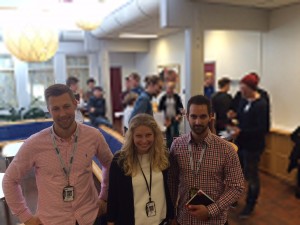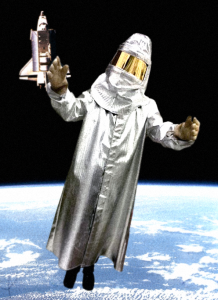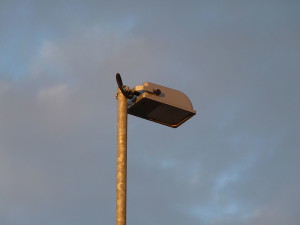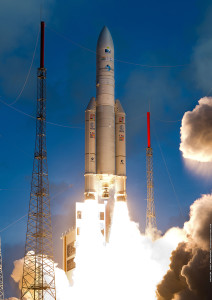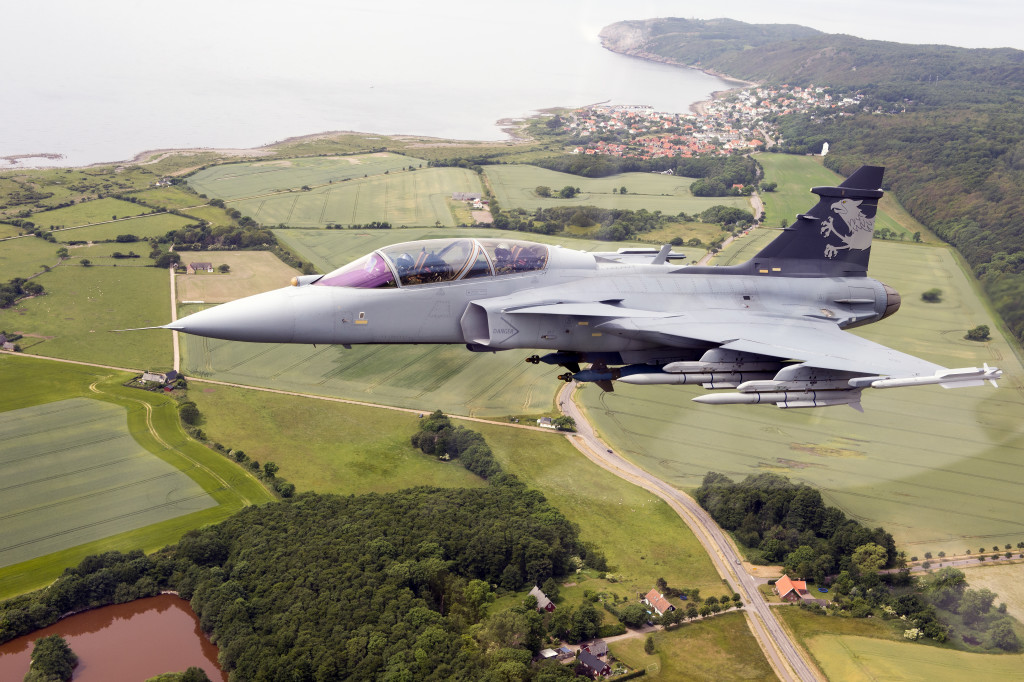Graduate Trainee Gustav Soderberg signs up to write his first blogpost, as you know, you can read about all Trainees under the tab “Trainees through the years”.
I have the honor to write about half of our activity week. But first I’ll start at the right end. On 7th September, I officially started at GKN Aerospace Trainee scheme, for me it is a welcome return. We had a really good and what you would expect, solid start as a trainee. What was funny was that we all got things to produce manually in the manual milling and turning machines.
Followed by two weeks of practice around various workshops and its functions linked to production, to finish everyone got to recapitulate what they did but primarily what their functions do and how products flow. Even for me who have been around the company a number of years taught me a lot about how we do our products. What repeatedly strikes me is that the skill everyone possesses is advanced among employees, it is important to emphasize. I’m aiming to be a part of it.
After this, we carried out an activity week, Linn has already opened the floor for me. CybAero was fun to visit as an old shareholder. Public affairs office was incredibly rewarding from employee perspective. I would like to propose that the two Gentlemen get time internally to present their work, challenges and thoughts for everyone.
At last we visited the SAS Group HQ (Scandinavian Airlines). This visit, I personally looked forward very much to. Why? Well at GKN Trollhättan & GKN we manufacture engine parts and other components mounted on many of the different aircraft SAS operates. We arrived early in the morning, we would meet with Niklas Hårdänge, Vice President, Corporate Strategy and Asset Management, Asset Management, I interpret in this occasion that it is about their airplanes, in Swedish, he has the head responsibility for their fleet. What we knew was that we would get a session in fleet strategy, engine service, contract management and LEAN. We met up with three people, one of whom had worked for Volvo Aero before in Florida at Engine Services. I and Toni gave a corporate presentation about GKN as they had asked for it. They had a couple of heavy and specific questions naturally. Later we were led to their LEAN department where we got a very good review by two SAS LEAN experts. They have come very far in their work, but still have challenges.
To summarize this visit – professionalism is the word. They received us exceptionally well kept times and had stitched together a very ambitious schedule packed with comprehensive material. They really wanted us to understand them and learn from us, they were inquisitive, they were explanatory and it was obvious that they did not take our visit as one in the crowd, even if they behaved as they always do, they deserve applause.
We ended our activity week with two days in Bokenäs, a conference center in the archipelago. The theme was group development. We tackled easy and difficult challenges, including swimming .. October 1 ..
Its weekend and I have just finished a course in corporate governance and investment strategy.
#Long road trips are evolving with the proper company
#Public Affairs, should all get to listen to
#Good planning takes time
#The treatment at SAS, world class!
#The refugee situation, what do you do?
#Bathe in October, check
#My trainee colleagues, 
#New Trollhätte citizen, Mikael Ingvarsson
